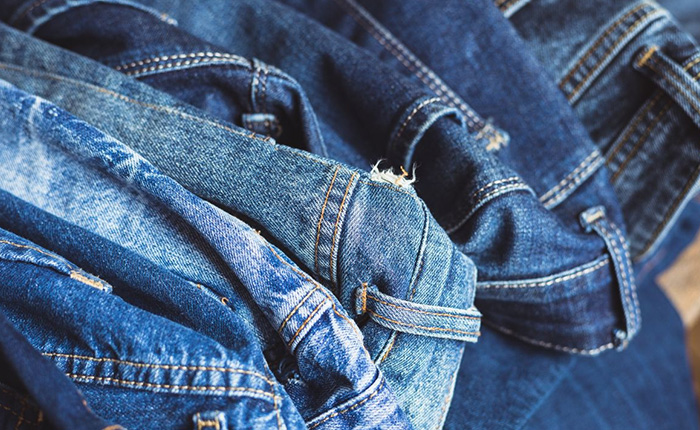pure indigo factory
The Art and Science of Pure Indigo Production
Indigo, a deep blue dye derived primarily from the leaves of the indigo plant, holds a prominent place in the history and culture of textiles. The pure indigo factory, an establishment dedicated to the cultivation, extraction, and processing of this vibrant color, is a testament to both traditional craftsmanship and modern innovation. The journey of pure indigo production involves a harmonious blend of agriculture, chemistry, and artistry that results in a product cherished across the globe.
The Plant and Its History
The primary source of indigo is the plant genus *Indigofera*, with species like *Indigofera tinctoria* being the most well-known. The history of indigo dates back thousands of years, with evidence of its use found in ancient Egypt, India, and China. Cultivation of indigo took off during the colonial era, where it became a valuable cash crop, particularly in the Americas and India. However, it wasn't until the 19th century that synthetic indigo, produced through chemical processes, began to dominate the market, leading to a decline in traditional production methods.
Cultivation and Harvesting
The production of pure indigo starts in the fields. Farmers cultivate indigo plants under specific conditions—sunlight, rainfall, and soil type are crucial for the best yield. Generally, indigo plants are grown in tropical and subtropical regions, where they flourish. After the plants mature, the leaves are harvested, usually in a window of early morning when the moisture content is optimal for dye extraction.
Extraction Process
Once the leaves are harvested, they undergo a series of transformations in the pure indigo factory. The first step is fermentation, where the fresh leaves are soaked in water to stimulate the growth of specific bacteria. This process breaks down the chlorophyll and releases the indigo dye in a soluble form called indoxyl. Following fermentation, the mixture is agitated and aerated, causing the indoxyl to oxidize and form the deep blue pigment we recognize as indigo.
After oxidation, the blue precipitate is collected and dried. The quality of indigo dye can vary significantly based on the extraction process, climate, and the specific strains of the plant used. Factories that prioritize the purity and quality of their product often adhere to traditional methods, emphasizing organic farming and manual techniques that have been passed down through generations.
pure indigo factory

Dyeing Techniques
The real magic of pure indigo lies in its application. Dyeing with indigo is an art form that requires skill and knowledge of various techniques. Traditional methods involve dipping textiles, such as cotton, into a vat of indigo dye, allowing it to absorb the color. The fabric is removed, exposed to air, and then repeatedly dipped to achieve the desired saturation. This process enhances the depth of color and creates a unique texture.
Each dip adds a layer of indigo, resulting in mesmerizing patterns and shades. Notably, indigo can create a wide range of blues, from light cerulean to deep midnight hues, depending on the number of dips and the method used. The beauty of indigo dyeing lies in its unpredictability, as the final color often varies, making each piece of fabric unique.
Modern Revival and Sustainability
In recent years, there has been a resurgence of interest in pure indigo production, fueled by a growing demand for sustainable and organic textiles. Many consumers are becoming more aware of the environmental impact of synthetic dyes and are seeking alternatives that are both eco-friendly and health-conscious. As a result, pure indigo factories are embracing sustainable practices, from organic farming to eco-friendly dyeing methods that minimize water usage and chemical runoff.
Craftsmanship is being celebrated once again, with artisans and designers acknowledging the cultural significance of indigo. Collaborative efforts between traditional producers and modern designers have led to innovative textile collections that honor tradition while appealing to contemporary aesthetics.
Conclusion
The pure indigo factory represents more than just a space for dye production; it embodies a rich history, a connection to nature, and a commitment to sustainability. As the world becomes increasingly aware of the importance of ethical fashion and environmentally friendly practices, the journey of pure indigo—from plant to textile—remains a powerful narrative of cultural significance and environmental stewardship. Each piece dyed in pure indigo carries with it the legacy of centuries of craftsmanship, waiting to be celebrated in the modern world.
-
The Timeless Art of Denim Indigo Dye
NewsJul.01,2025
-
The Rise of Sulfur Dyed Denim
NewsJul.01,2025
-
The Rich Revival of the Best Indigo Dye
NewsJul.01,2025
-
The Enduring Strength of Sulphur Black
NewsJul.01,2025
-
The Ancient Art of Chinese Indigo Dye
NewsJul.01,2025
-
Industry Power of Indigo
NewsJul.01,2025
-
Black Sulfur is Leading the Next Wave
NewsJul.01,2025

Sulphur Black
1.Name: sulphur black; Sulfur Black; Sulphur Black 1;
2.Structure formula:
3.Molecule formula: C6H4N2O5
4.CAS No.: 1326-82-5
5.HS code: 32041911
6.Product specification:Appearance:black phosphorus flakes; black liquid

Bromo Indigo; Vat Bromo-Indigo; C.I.Vat Blue 5
1.Name: Bromo indigo; Vat bromo-indigo; C.I.Vat blue 5;
2.Structure formula:
3.Molecule formula: C16H6Br4N2O2
4.CAS No.: 2475-31-2
5.HS code: 3204151000 6.Major usage and instruction: Be mainly used to dye cotton fabrics.

Indigo Blue Vat Blue
1.Name: indigo blue,vat blue 1,
2.Structure formula:
3.Molecule formula: C16H10N2O2
4.. CAS No.: 482-89-3
5.Molecule weight: 262.62
6.HS code: 3204151000
7.Major usage and instruction: Be mainly used to dye cotton fabrics.

